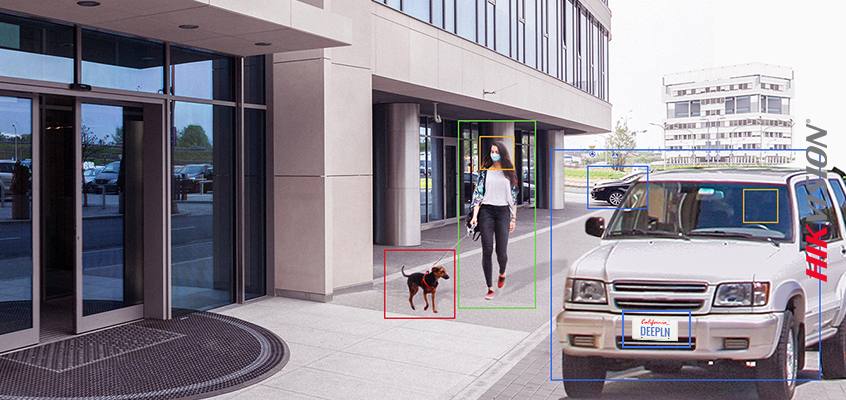Creating Safer Environments with Deep Learning’s Proactive Security Response Capabilities, Part 1

While some growing references to Deep Learning serve as clever marketing ploys, there have been many significant new developments and product introductions driven by Deep Learning in the past year alone, several of which were driven by the immediacy of the global pandemic.
The truth of the matter is that security professionals, dealers and end users have many new Deep Learning-driven products at their disposal that address both new and longstanding challenges. Deep Learning-fueled solutions run the gamut:
- Mask detection that is automated with your front entrance access control system.
- Imaging solutions that provide proximity analysis for social distancing and occupancy.
- Active shooter detection and threatening sound detection.
- The ability to differentiate and identify humans versus vehicles, which can greatly reduce false alarms while enhancing security.
- Auto object tracking, video search by subject attributes, queue management to track individual wait times on shopping or service lines, crowd gathering functionality to help combat violence, and so much more.
License Plate Recognition (LPR) technology is another advantage provided by Deep Learning that facilitates better site security, vehicle entrance management, and simplifies video for vehicle data when an incident occurs. Deploying advanced algorithms, LPR surveillance cameras can provide highly accurate and effective data gathering for vehicle license plate and color. It also features automated security features such as alarm triggering and notifications for unauthorized vehicles.
Check back next week when we’ll dive into the equipment selection process and how specific areas of application can benefit from Deep Learning technology.
